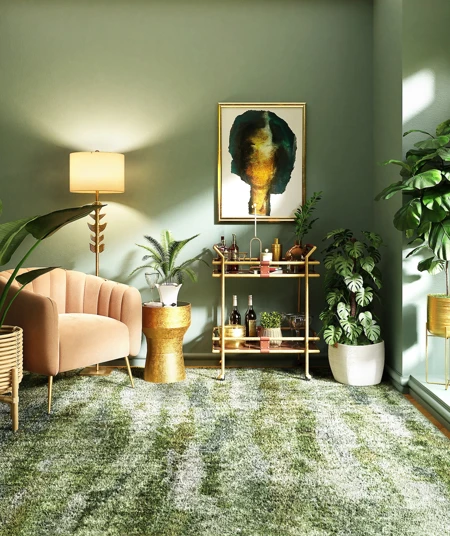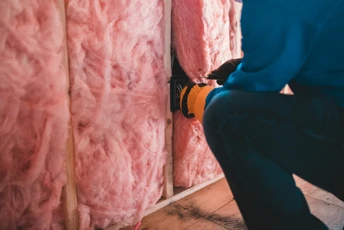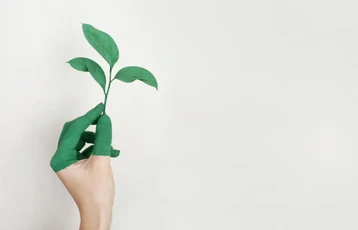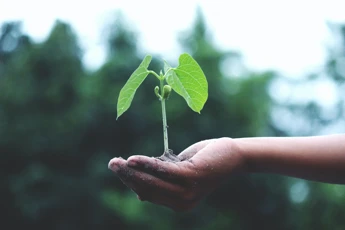With the growing concern about climate change and the need to live more sustainably, eco-friendly interior design is becoming an increasingly popular option for many. But what makes something sustainable, and why exactly is it so important anyway?
How do we define ‘eco-friendly’?
Eco-friendly materials are designed, manufactured, or used in a way that minimises the impact on the environment. They’re typically made from sustainable, renewable, or biodegradable materials, and are produced using environmentally responsible methods.
The use of eco-friendly products is important, as it helps to reduce our carbon footprint and limit the amount of waste and pollution that we generate. By choosing eco-friendly options, we can protect natural resources, minimise our impact on the planet, and promote a healthier, more sustainable future for ourselves and generations to come.
Here are some tips for sustainable home décor that you can incorporate into your home:
Choose energy-efficient lighting
Lighting is an essential aspect of interior design, and it can also be one of the biggest energy consumers in your home. To reduce your energy consumption, you can choose energy-efficient lighting options, such as LED bulbs. These are more energy-efficient than traditional incandescent bulbs, and they also last longer, reducing the need for frequent replacements. Consider smart bulbs that you can link to your WIFI and control from your phone.
Invest in energy-efficient appliances
Another way to reduce your energy consumption is to invest in energy-efficient appliances. When shopping for appliances, look for those that have a high energy efficiency rating. This can be identified by the wattage, which indicates the amount of energy needed to power the appliance. You can also identify energy efficiency through ratings - these will usually be anything with an A to G rating (A being the most energy efficient). However, some products operate on a different scale, such as A+++.
Use eco-friendly materials
A big way of making your home more sustainable is to use eco-friendly materials. There are a wide range of environmentally friendly materials available, including bamboo, recycled glass, reclaimed wood, and organic cotton. You can use these materials in your furniture, flooring, and accessories to create a natural and earthy feel in your home. Not only that, but it doesn’t contribute to the production of further plastics and non-biodegradable materials.
Use natural and organic fabrics
When it comes to home decor, fabrics play a significant role in creating a warm and inviting atmosphere. To make your home more sustainable, choose natural and organic fabrics such as cotton, linen, and wool. Not only are eco-friendly, but they also feel great against your skin and can help regulate the temperature in your home.
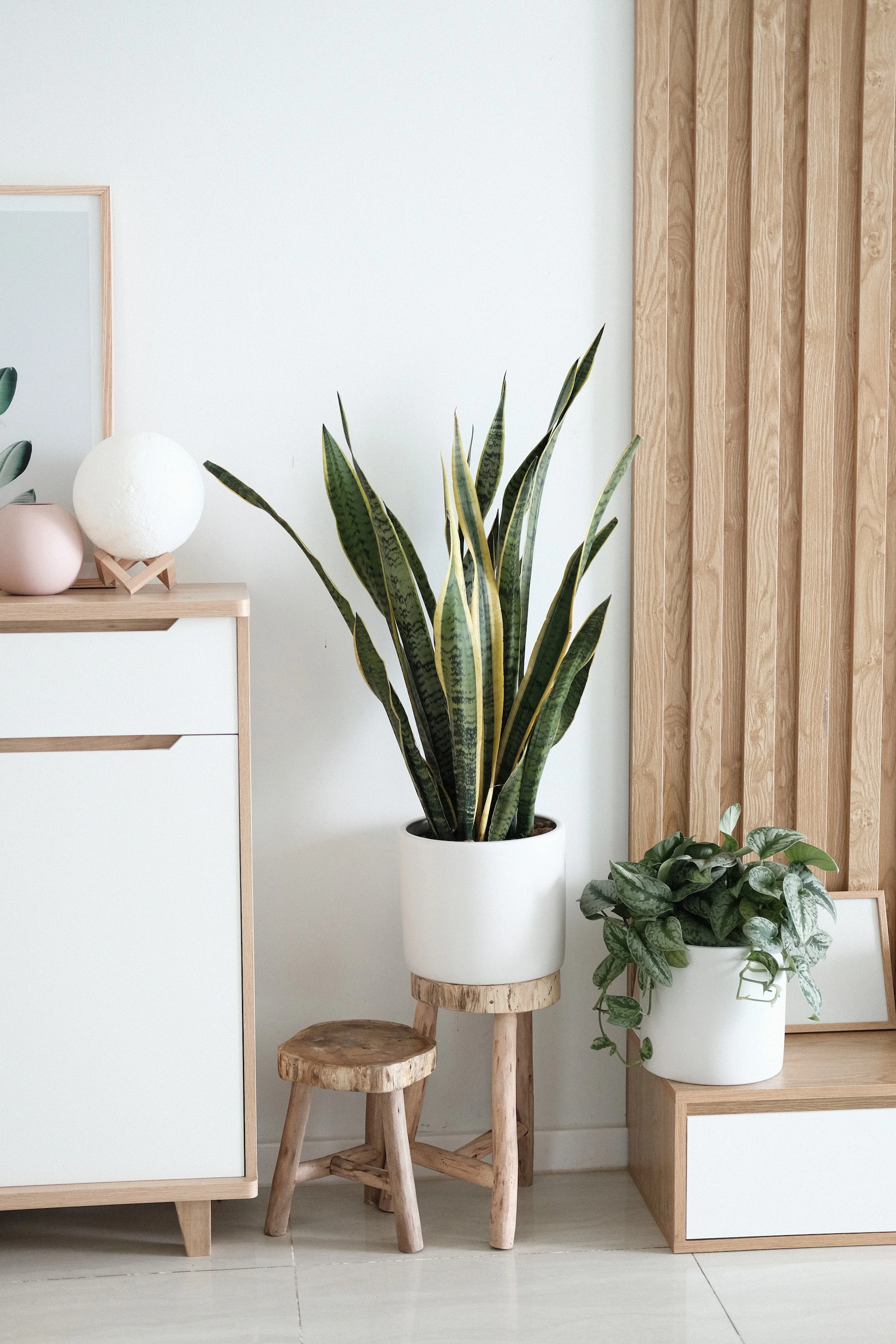
Incorporate indoor plants
Incorporating indoor plants into your home is an excellent way to bring a touch of nature into your living space. Plants are not only aesthetically pleasing, but they also help purify the air and reduce stress levels. Many plants are low maintenance and easy to care for, making them ideal for those of you who don’t have green fingers.
Repurpose and upcycle
Repurposing and upcycling are great ways to give new life to old items and reduce waste. Instead of throwing away old furniture or accessories, consider repurposing them or giving them a new lease of life by upcycling them. For example, you could turn an old wooden pallet into a stylish coffee table, or transform an old vase into a unique lamp.
Sustainable interior design is a great way to create an eco-friendly and beautiful home. By incorporating any or all of the above tips, you can create a living space that not only looks great but also helps reduce your environmental impact.
Important information
Your home may be repossessed if you do not keep up repayments on your mortgage.
There may be a fee for mortgage advice. The actual amount you pay will depend on your circumstances. The fee is up to 1% but a typical fee is 0.3% of the amount borrowed.

